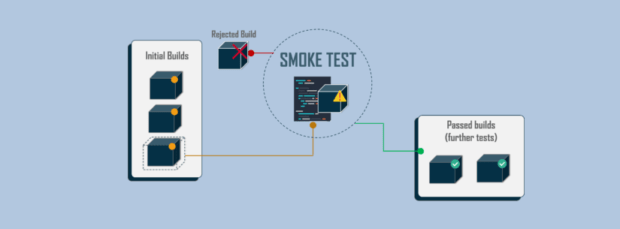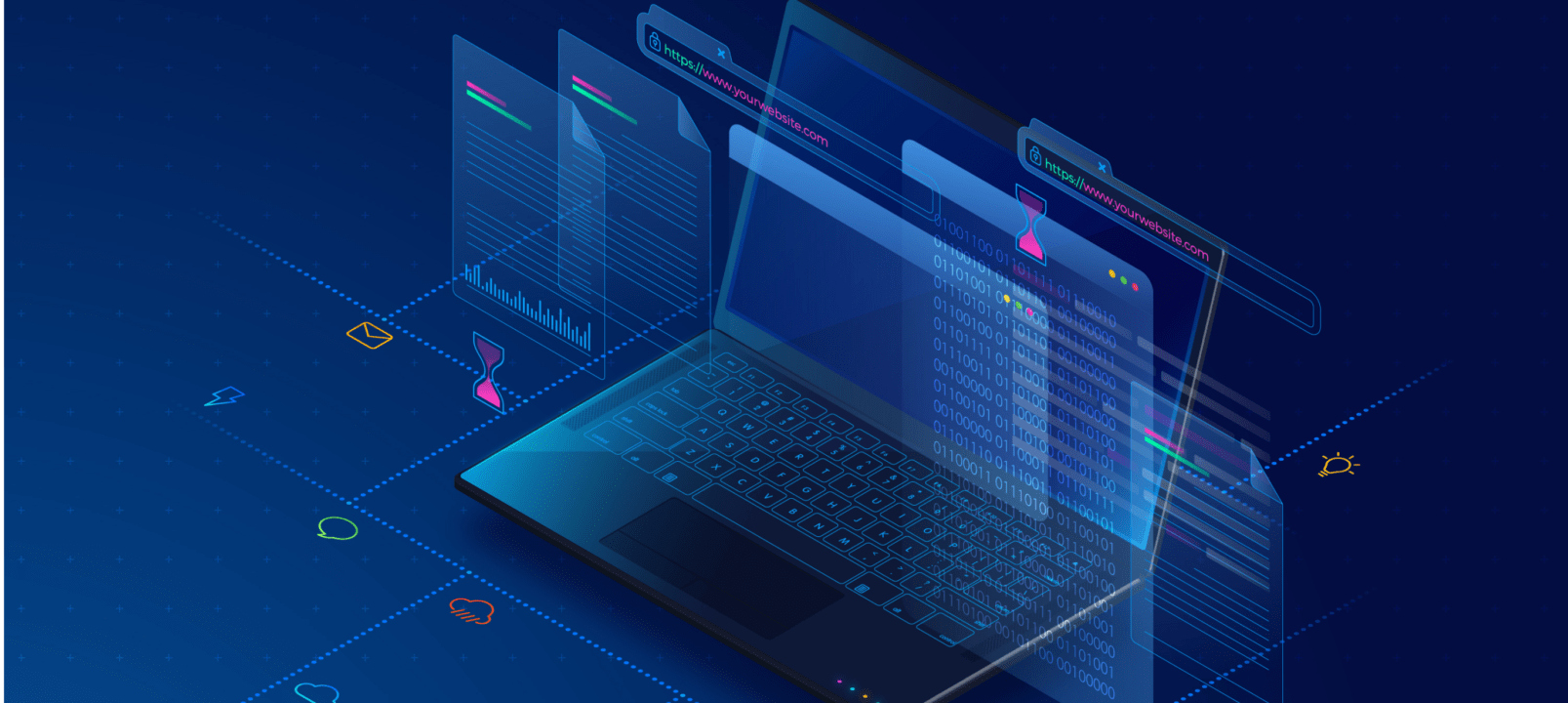Are you a project manager or software engineer wishing to learn the fundamentals of smoke testing in software development? In that case, you’ve found the proper site! We will cover all you need to know about smoke testing and its significance in the software development process in this extensive essay.
Smoke Testing: Understanding the Basics of Smoke Testing in Software Development
Smoke testing is a sort of software testing that determines whether an application’s fundamental features are operating as intended. The goal of smoke testing is to quickly find significant software flaws that can obstruct subsequent testing or development. The notion of evaluating the software’s fundamental features to check if it would catch fire or not is referred to as “smoke.” Normally, this testing is carried out immediately following the deployment of the application build.
Testers execute a set of tests during smoke testing to determine whether the program is stable enough for additional testing. This might involve determining if the program launches properly, whether the fundamental user interfaces behave as intended, and whether any crucial features are malfunctioning. The purpose of smoke testing is to identify significant problems as early as possible, which ultimately helps save time, effort, and money.
Smoke testing has a number of advantages, one of which is that it lowers testing expenses. It reduces the time and effort required to conduct more thorough testing on an unstable application by identifying significant concerns early on. Before the program is released to end users, it can also assist developers find and solve serious flaws, which improves the software’s quality and dependability.

What does software development smoke testing entail?
Smoke testing, commonly referred to as “Build Verification Testing,” is a kind of software testing that is carried out early in the development process to make sure that a build’s fundamental functionality is functioning as intended. Smoke testing is intended to identify major faults or difficulties with a build at an early stage, before they become more challenging and time-consuming to fix.
Software engineers use smoke testing to examine the build for any obvious faults or “fires” before moving on to more extensive testing, just like a builder looks for smoke in a building after a fire to see if it is safe to enter.
Why is smoke testing crucial in the development of software?
For a number of reasons, smoke testing is an essential stage in the software development process:
1. Saves Time and Resources: Smoke testing can save a considerable amount of time and resources that would otherwise be required to address more complicated issues later in the development process by discovering big difficulties early on.
2. Smoke testing offers a preliminary evaluation of the build’s overall quality and stability, which serves to boost the trust of the development team and stakeholders in the build.
3. Smoke testing is an efficient technique to identify significant flaws early in the development process, before they become more challenging and time-consuming to fix.
4. Smoke testing helps to guarantee that the final product is of a higher quality and fulfills the expectations of the stakeholders by identifying significant flaws early and correcting them.

The Importance of Smoke Testing for Quick Software Releases
Smoke testing is typically performed when there is a need for a quick release of the software and there is no time for more comprehensive testing such as regression testing.
When a client requires a quick release, there may be limited time available for thorough testing. In such cases, smoke testing becomes an essential option. This type of testing is focused on detecting major defects that would prevent the software from functioning at a basic level. It is often used as a first step to quickly identify major issues and defects, allowing development teams to prioritize the necessary fixes before more extensive testing is conducted. By performing a smoke test before a full regression test, teams can gain a better understanding of whether the software is stable enough to move forward with a release.
When there is a need for a quick release, smoke testing can be an efficient way to identify major defects that could prevent the software from functioning properly. By performing a smoke test, teams can quickly determine whether the software is stable enough to proceed with more in-depth testing, which can help to improve the overall quality of the software and reduce the risk of unexpected issues in production.
How are smoke tests carried out?
To check for any obvious flaws or faults, smoke testing is often done by running a number of automated tests on a build. These tests are made to cover the software’s most crucial and fundamental features, such as the ability to navigate simply and to enter and output data.
The tests are conducted in a controlled setting with a predetermined set of inputs and anticipated results. The build is deemed stable enough to proceed with more extensive testing if the smoke tests pass. The development team must fix the problems if the build fails the smoke tests before continuing.
Smoke testing should not be mistaken for more thorough testing; rather, it should be used as a first step to make sure the build is secure enough to proceed with additional testing.
Common Mistakes to Avoid When Performing Smoke Testing
Smoke testing is a fast and easy procedure, but it’s crucial to avoid common errors that might reduce its efficacy. Smoke testing should never be done just once, at the start of the testing cycle. Smoke testing should be carried out at different points throughout the development cycle, such as after the addition of each new feature or update to the application.
Running an excessive number of tests during the smoke testing phase is another frequent error. A fast and simple test to make sure the program is working correctly is called “smoke testing.” The aim of smoke testing may be defeated by doing too many tests, which will only lengthen and complicate the process.
Making ensuring the smoke tests are appropriately developed is also crucial. The most crucial and significant elements of the application should be the focus of the testing. So that they may be completed quickly and with the least amount of work, they should be created to be straightforward and simple to do out.

Regular Smoke Testing in Software Development
As fresh builds are produced, smoke testing should be undertaken on a regular basis as part of the software development cycle. This makes it more likely that any flaws will be discovered at an early stage, before they need more effort and time to fix.
The smoke tests must also be kept current and applicable as the program develops and changes over time. The appropriate degree of trust in the build is provided by routinely evaluating and updating the smoke tests to make sure they are covering the most crucial and fundamental operations of the program.
The Secret to a Successful Software Development Process
In conclusion, smoke testing is a crucial phase in the software development process that offers several advantages, such as time and resource savings, increased assurance in the build, early issue discovery, and enhanced final product quality. Regular smoke testing keeps the program stable and prepared for more thorough testing by allowing big problems to be identified early.
Software development teams may improve the overall effectiveness and quality of the development process and offer a better finished product to the stakeholders by putting in place a rigorous smoke testing strategy.
To make sure that the software complies with the essential requirements and standards, it is crucial to take into account additional testing methods in addition to smoke testing, such as functional testing, acceptability testing, and integration testing.
Smoke testing is a straightforward yet efficient method for enhancing the caliber of the software development process and guaranteeing the best caliber of the finished product. Therefore, take into account to include smoke testing in your development cycle right away if you’re wanting to enhance your software development process.
At Eventyr, we understand the importance of smoke testing and other testing methodologies in the software development process, and we have a team of highly qualified professionals who are dedicated to ensuring that your software is of the highest quality.
Don’t be afraid to contact us at Eventyr if you have a software development project that calls for the knowledge of a qualified team of experts. We are dedicated to offering you excellent services and solutions that are customized to meet your specific requirements. With our assistance, you may materialize your concept and produce software that is dependable and efficient.




